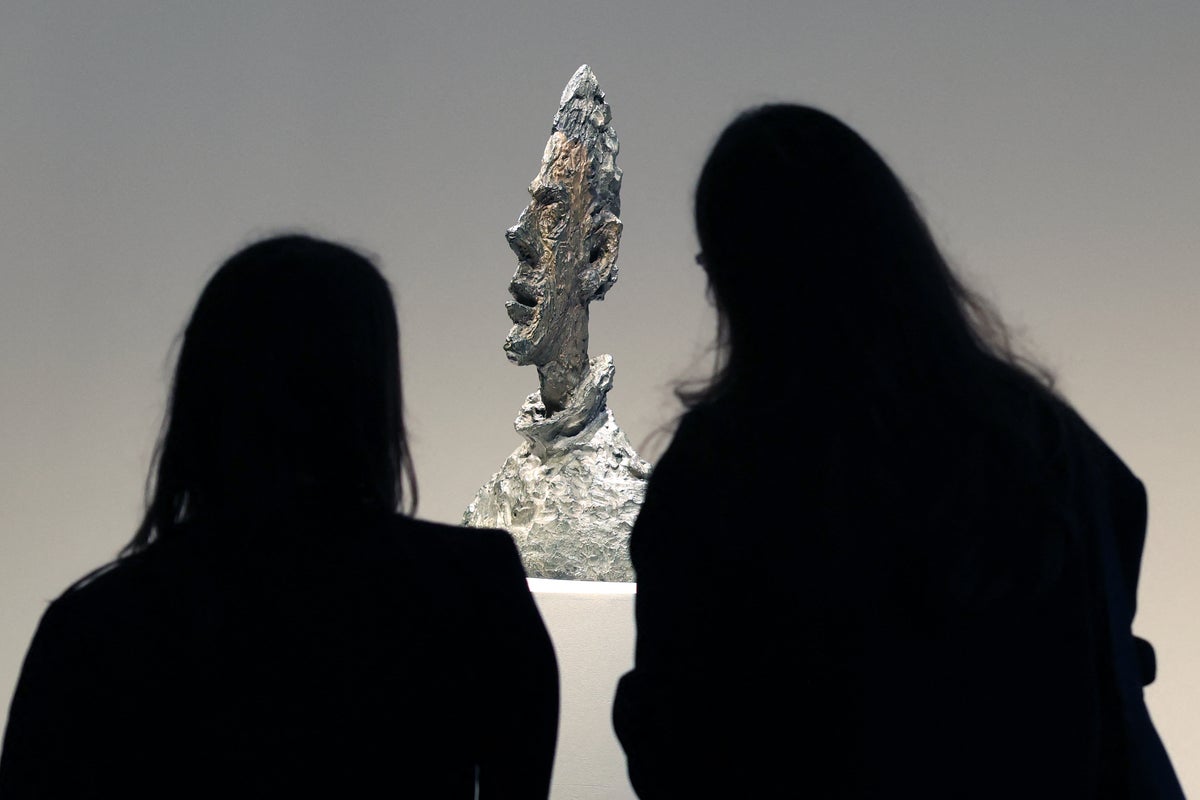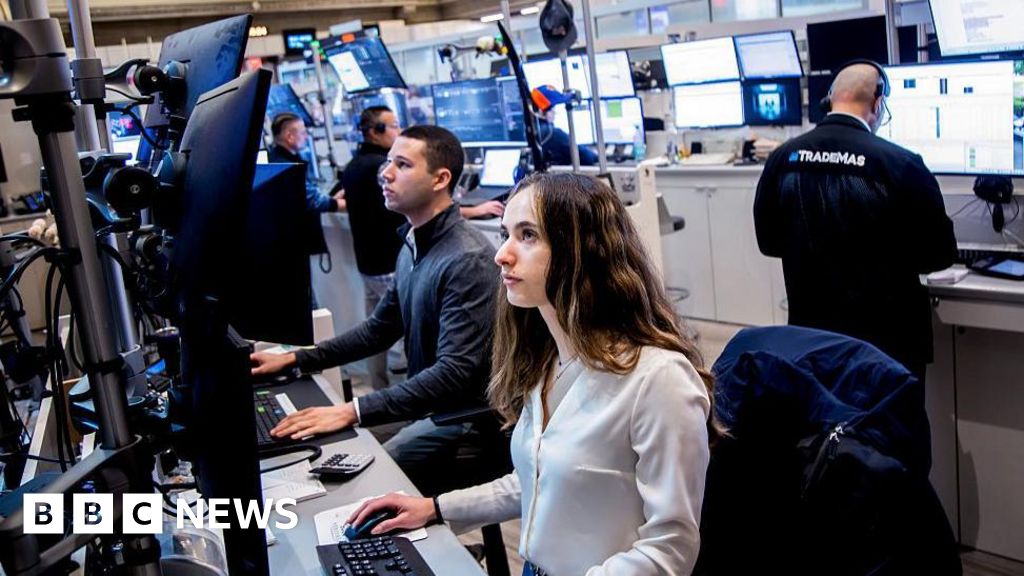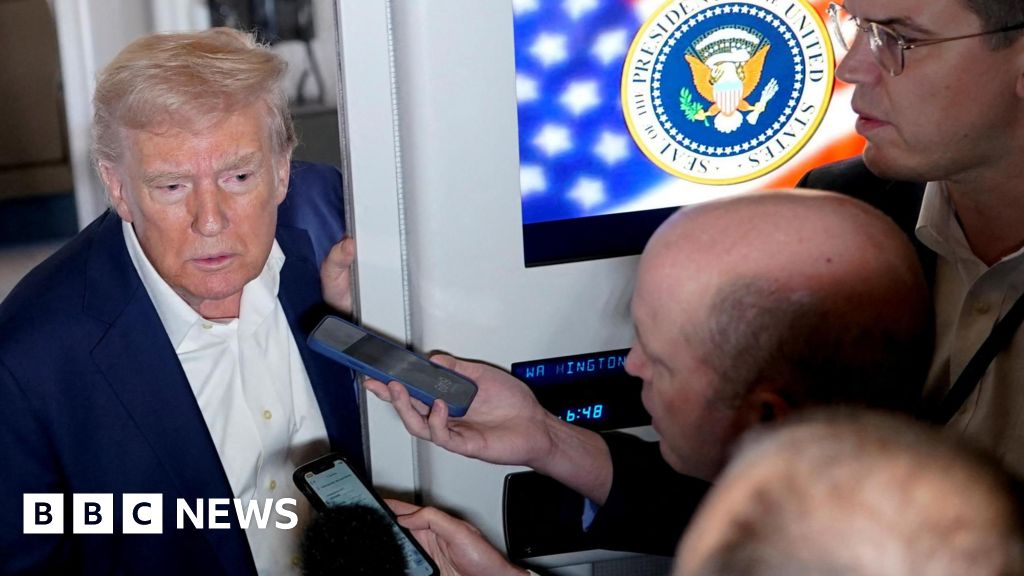To realize AI’s potential in the workplace, do one thing

The Fast Company Impact Council is an invitation-only membership community of leaders, experts, executives, and entrepreneurs who share their insights with our audience. Members pay annual dues for access to peer learning, thought leadership opportunities, events and more.
In just a few short years, generative artificial intelligence has begun demonstrating its tremendous business potential. Stanford University’s latest AI Index report reveals that global corporate investment in AI grew nearly 45% in 2024 to reach $252.3 billion. With private investment in generative AI up 8.5 times over 2022 levels, forecasts suggest that AI could soon contribute trillions of dollars to the American economy alone. By 2028, agentic AI, the next stage in AI’s evolution, could be making at least 15% of day-to-day decisions at work and bring greater efficiency, productivity, and innovation.
We’re already seeing how AI is creating new businesses, products and services with the potential to expand access to new quality jobs and build new sources of wealth. Today, workers are using AI to inject creativity into their current jobs and start and grow their own businesses. Two-thirds of small businesses that use AI say their own employees are introducing AI tools to the workplace to improve operations, reduce costs and spark innovation.
Many organizations are understandably focused on the near-term time- and cost-savings this emerging technology brings about. But pure efficiency won’t unlock the true value of AI; that will require tapping into the expertise and creativity of their employees. To fully realize AI’s potential to revolutionize our economy, we need to put workers at the center of the process of deciding where and how it shows up in the workplace.
What does that look like in practice?
AI training
First, organizations should offer more AI training—from basic literacy to implementation. AI usage at work is surging, according to a new study from my team at JFF. Two years ago, only 8% of individuals used AI at work. Today, it’s 35%. Those who use AI say AI is making them more efficient—and their jobs more interesting—by reducing the number of tedious tasks and allowing them to focus on more strategic and creative work. More training means more people experiencing these benefits and contributing to decision making around AI.
Yet our survey also found wide training gaps. Fewer than one third (31%) of workers say their employers provide training on AI fundamentals or specific AI tools and systems. Slightly more than one third (34%) of employees not receiving AI training at work say they want their employer to offer it.
This lack of access to training is creating barriers to the effective implementation of AI at work. Previous JFF research shows that nearly 60% of small businesses cited workforce readiness as the most common barrier to incorporating AI technology into their businesses. To overcome that barrier, organizations can start by providing affordable and practical AI literacy training that help employees learn how to get the most out of AI and become responsible users of this emerging technology.
Employee-driven innovation
Second, organizations should catalyze employee-driven innovation. Workers are already eager to use AI: according to JFF’s recent survey, 20% of employees say they’re taking the initiative to use AI at work in the absence of formal direction from their employers, while nearly 30% of workers are leveraging AI tools for strategic growth and innovation. There’s a good business case to be made for bottom-up transformation. Research suggests that when workers are asked for their input, organizations are more likely to make effective use of AI tools and improve the quality of workers’ jobs.
To unlock growth using AI, businesses should involve their employees in piloting and deploying AI tools and processes across multiple roles and functions throughout an organization. Frontline employees—experts on their own workflows—are often in the best position to help improve and refine development of AI tools and processes. They’re the ones companies should call on to find uses of AI that can create value and drive innovation.
AI and human collaboration
Finally, organizations should reconsider how their employees spend their time, the nature of the work they do, and their unique skills so they can unlock the best parts of collaboration between AI and humans. The immediate goal of AI implementation should be about enabling workers to prioritize work that creates new products, services and value that helps businesses grow.
Collaboration between humans and AI has enormous potential. As a Harvard Business School working paper suggests, AI can help professionals significantly boost performance, expertise, and social connectivity in team settings. As AI becomes more capable of making its own decisions and completing complex tasks, humans will spend more time supervising AI, discerning and evaluating AI outputs, and managing interpersonal and collaborative activities with other humans. We’ve also seen that AI appears to significantly increase the value of human leadership in interpersonal and highly cognitive tasks like staffing organizations, building relationships, and guiding and motivating teams.
Employers have an opportunity to prepare for this shift by designing high-quality jobs—and involving their workers in this process—that can get the best out of collaboration between humans and AI.
The transformation of work is underway. Businesses seeking to navigate it should support employees in their earnest desire to develop AI literacy and skills, catalyze creativity and innovation throughout the organization, and intentionally redesign jobs to unlock the strengths of both AI and humans. Previous technological revolutions have shown that the benefits of progress are not distributed equally. But if companies keep their employees at the center, they can fulfill AI’s potential as a force to expand access to quality jobs and economic opportunity for all.
Maria Flynn is president and CEO of Jobs for the Future.
What's Your Reaction?
 Like
0
Like
0
 Dislike
0
Dislike
0
 Love
0
Love
0
 Funny
0
Funny
0
 Angry
0
Angry
0
 Sad
0
Sad
0
 Wow
0
Wow
0






























































































